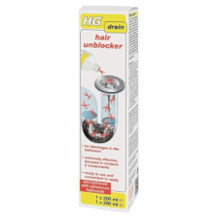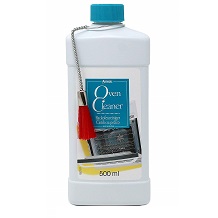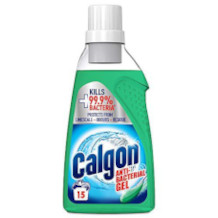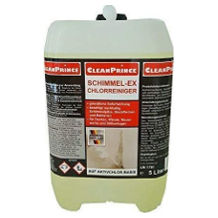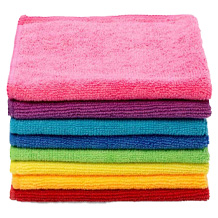Dishwasher tab purchasing advice: how to choose the right product
- The most important facts in brief
- Dishwasher tabs are handy, standard-shaped pieces of pressed dishwasher powder.
- Dishwashing in the machine requires more than just cleaning powder. The advantage of tabs is that they can combine several cleaning functions.
- Different active ingredients have cleaning effects on different types of food residues or are gentle on certain materials.
- In addition to classic variants or multiphase tabs, there are also gel tabs in water-soluble foil and particularly ecological variants.
What are dishwasher tabs?
A dishwasher is practical, especially when a lot of dirty dishes accumulate within a short time. But even the best appliance won’t do much good without the right cleaning agent. Dishwasher tabs – or cleaning tabs – are densely pressed cleaning powder for dishes. It helps quickly and (optimally) reliably against dried food residues, grease and other deposits. The tabs often already have dishwasher salt or rinse aid integrated; some have additives that are particularly gentle on various materials or make the water evaporate more quickly. Compared to dishwasher powder, cleaning tabs are more convenient to use and easier to dose because they always have the same amount of detergent.
Uniform shape
Dishwasher tabs are standardised. They all must not exceed a certain height, width and length so that they fit into the compartment in the dishwasher intended for the detergent. This ensures that any manufacturer’s tabs will fit into any model of dishwasher.
How does the cleaning process work?
To get the dishes clean in the machine, simply using cleaning powder is not enough. You need to add two other components for the best results. Firstly, you need dishwasher salt. This has a special grain size and consists of sodium chloride. It prevents lime and soap deposits. It is particularly advisable to add it to hard water, i.e. water with a high lime content. Secondly, you need a rinse aid that speeds up the drying process of the dishes. Surfactants contained in the rinse aid ensure that the surface tension of the water is reduced, allowing it to flow off the dishes and cutlery more quickly. This happens in a short, final rinse cycle.
Some dishwasher tabs, the so-called all-in-one tabs, simplify these steps by already containing the necessary supplements. This is usually illustrated by different coloured layers or other colourful features.
Advantages of dishwasher tabs
An advantage of conventional powder could be that it can be dosed individually, for example in case you only want to start a half-full dishwasher. In this case, however, you could also break a dishwasher tab or cut it up with a knife. From an ecological point of view, it is more advisable to run only full dishwashers anyway, because otherwise you will use the same amount of water for fewer washed dishes.
However, it cannot be denied that the cleaning powder dissolves more quickly than the tabs. In addition, you produce less waste because dishwasher tabs are usually individually packaged. But manufacturers have now found solutions to these problems. Sometimes dishwasher detergent is offered in gel form, which is in a water-soluble film. The gel pads not only dissolve more quickly than the powder, they also avoid the packaging problem.
You can also buy unpackaged dishwasher tabs; some manufacturers also offer broken goods in large quantities at a low price. At best, store these tabs at home in an airtight tin or similar, otherwise they can draw moisture from the air. This makes them brittle and the cleaning power decreases. Due to their advantages, tabs have prevailed over the powder form, as the sales figures make clear: A good three-quarters of all German dishwasher owners rely on cleaning in tab form.
Pay attention to shelf life
Dishwasher tabs have a practically eternal shelf life. However, their cleaning power can weaken over time, which is why they come with an expiry date. So when you buy them, calculate how much you will use. There are suppliers who sell tabs in XXL packs of 500. However, if you live in a single household and only run the dishwasher once a week, you might want to choose a smaller pack size.
Dishwasher tabs through the ages
A rough distinction could be made between classic dishwasher tabs and multiphase tabs. Since cleaning powder in pressed form first appeared on the market in 1990, the industry has worked steadily to improve it. Just five years later, the first 2-in-1 tab was available, which had dishwasher salt in addition to dishwasher powder. Since then, there have been ever more extensive “all-in-one” developments.
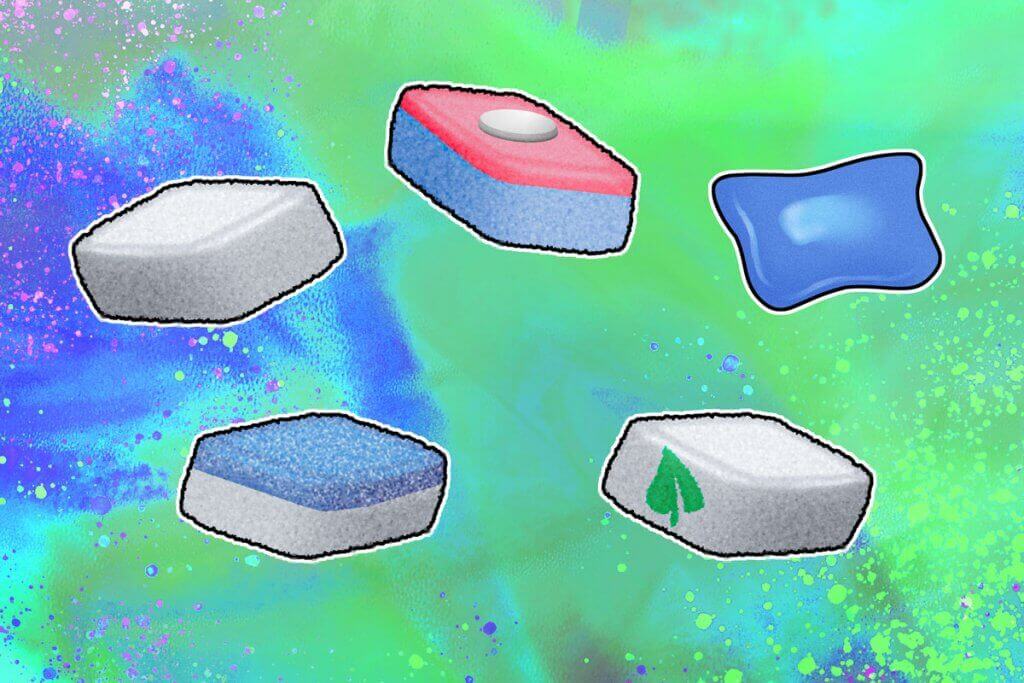
Classic tabs
The classic and original cleaning tabs represented only the powder, as it was usual until then, in solid form. Additional agents such as dishwasher salt and rinse aid must be added separately.
2-in-1 or two-phase tabs
This two-colour tab combines the cleaning powder with either dishwasher salt or rinse aid. You must add the missing component.
3-in-1 or multi-phase tabs
This tab consists of cleaning powder, dishwasher salt and rinse aid. The softener in the tab is only no longer completely effective if the water in your home has a hardness of more than 20 degrees. In this case, you should use an additional softener.
Foil tabs
These cleaners are gel pads in water-soluble and biodegradable foil. Since the tabs are liquid, they dissolve faster than powder and also save packaging.
Eco tabs
Some manufacturers are increasingly using natural ingredients. They do not use dyes or synthetic fragrances and instead work with plant-based surfactants, for example sugar surfactants, to make the water drain better.
All-in-one tabs
Meanwhile, manufacturers advertise a 7-in-1 or even 11-in-1 effect, for example with additional glass protection, stainless steel protection or “power decruster”. In some cases, they also emphasise effects that every dishwashing detergent should have anyway, such as grease dissolving power or odour neutralisers.
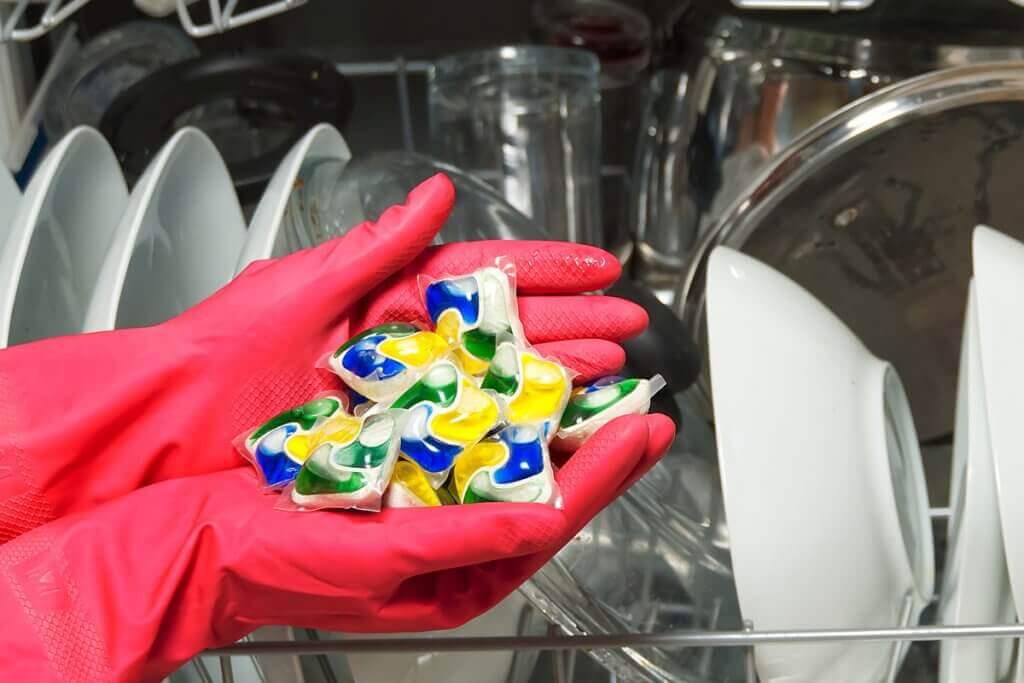
Price-performance ratio
Usually, a three-phase tab – i.e. the detergent including dishwasher salt and rinse aid – should be enough for everyday use, including larger quantities. The price is somewhat higher than for classic tabs; however, considering that you usually do not need any additional agents, the price-performance ratio is reasonable. Whether you need stainless steel shine, a quick-dry formula or similar additional effects is up to you. If you regularly wash champagne glasses or silver cutlery, for example, you should use cleaning products that support this.
What ingredients are in the tabs?
In order to not only get crockery and cutlery clean, but also to give them a shine and protect the material, various active ingredients are needed. Not all manufacturers use the same composition and some ingredients have similarly acting alternatives. However, a few components that are necessary for a properly cleaning dishwashing process can always be found. They prevent discolouration of the dishes, dissolve proteins and grease, remove limescale and protect certain materials.
Bleach
This is a substance that has a discolouring effect and is generally contained in all dishwasher tablets. This is usually done with percabonate, a salt with a high oxygen content, which is also used in detergents for bleaching. Another bleaching agent is hydrogen peroxide.
Enzymes
Enzymes break down proteins and starches, making them easier to wash off. Frequently occurring enzymes are proteases or amylases. The enzyme lipases is very good at breaking down fat residues.
Citrate
This is a salt obtained from citric acid. It acts as a softener for the water. This prevents limescale residues, which look particularly unattractive on glass. In addition, citrates keep food residues in the water once they have been removed.
Anti-corrosion agent
Benzotriazole prevents silverware and other metal from tarnishing. Glass can also corrode, especially at high water temperatures. Zinc sulphate helps against this, which is particularly useful for high-quality wine or champagne glasses.
Harmful chemical banned
Until a few years ago, phosphates were still used as an ingredient to soften water, and they are considered more effective than citrates. However, these are harmful to the environment and could get into the groundwater. Only since 2017 has it been banned to produce dishwasher tabs with phosphates.
When the tab does not dissolve
Some dishwasher users know the problem that the tab has hardly dissolved and is either still in the dosing chamber or on the floor of the machine. As a result, not enough detergent has reached the water and the dishes most likely still have soiling. This problem can have different causes. Always make sure that the dosing chamber is dry before you put the dishwasher bar in. Otherwise, it may get stuck in the damp chamber and not be able to fall into the water in the dishwasher. Bulky dishes may also protrude over the seal of the chamber, preventing it from opening.
The arrangement of the dishes in the machine can also have an effect on the tab not dissolving even after it has fallen out of the chamber. If it slips under a plate or between two plates, it may not get enough water. There are also dishwasher tabs that only dissolve when the water temperature reaches 50 degrees Celsius. If you use a dishwashing programme with a lower temperature, you need tabs designed for this.
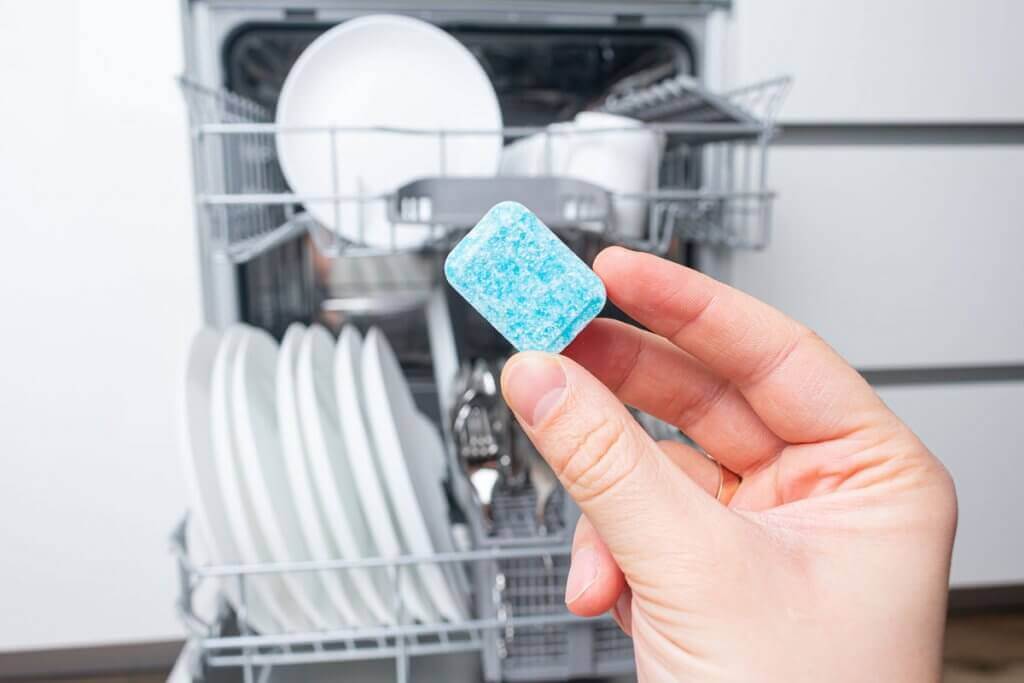
Household tricks with dishwasher tabs
If encrusted or burnt-on residue, for example in pans or casseroles, is too stubborn even for the dishwasher, you can fill it with water and add a cleaning tab. Wait until it has completely dissolved and let it soak for a while – even overnight if necessary. Long-term discolourations in cups or thermos flasks caused by coffee and tea can also be removed in this way, as can limescale rims in vases.
Not only dishes and cutlery can be cleaned with the tabs. Cleaning applications can be found everywhere in the household. Dirt on the bottom of the oven that cannot be removed with conventional cleaning agents can be soaked in warm water for ten minutes and then rubbed off with a dishwasher tab. Rubbish bins are also very easy to clean and also to get rid of unpleasant odours. Simply fill it up with warm water, throw in the dishwasher tab and let it bubble for half an hour. Afterwards, you can empty the bucket and rinse off any residue with a little water.
All-rounder also for the bathroom and WC
Other uses for the cleaning tabs can also be found for the bathroom. A sponge and water in which a tab has been dissolved can be used to remove limescale residues in the shower and at the tap. Place one of them in the drain and pour about two litres of boiling water over it – and the blocked drain is flushed out. Toilets can be freed from urine scale and unpleasant odours if you place one or two tabs in the bowl and flush as soon as they have dissolved.
The tabs can even be used for the washing machine. If one or two are dissolved in the empty drum with a normal washing programme, they remove limescale and grease deposits. Germs are killed and musty smells disappear. If white clothes were accidentally washed with the coloureds and thus discoloured, tabs without dyes can undo this faux pas.

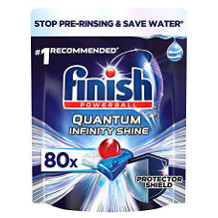
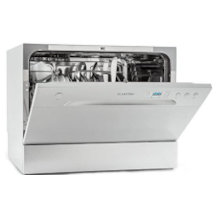
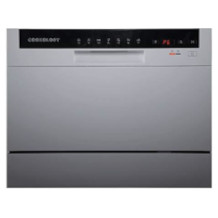

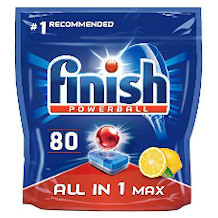
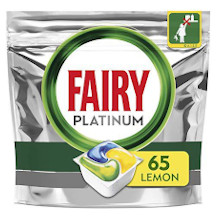
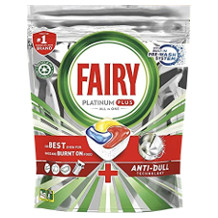

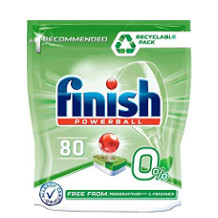
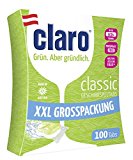
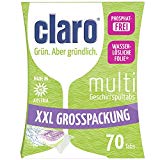
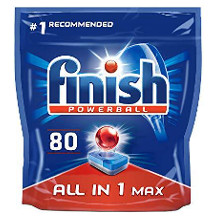
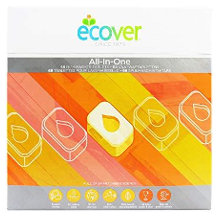

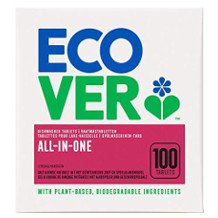

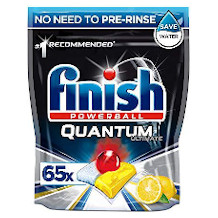
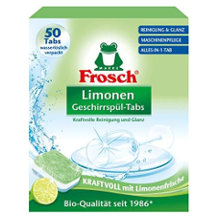

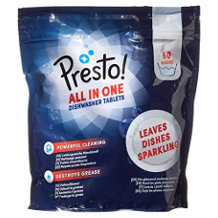

 3,441 reviews
3,441 reviews
